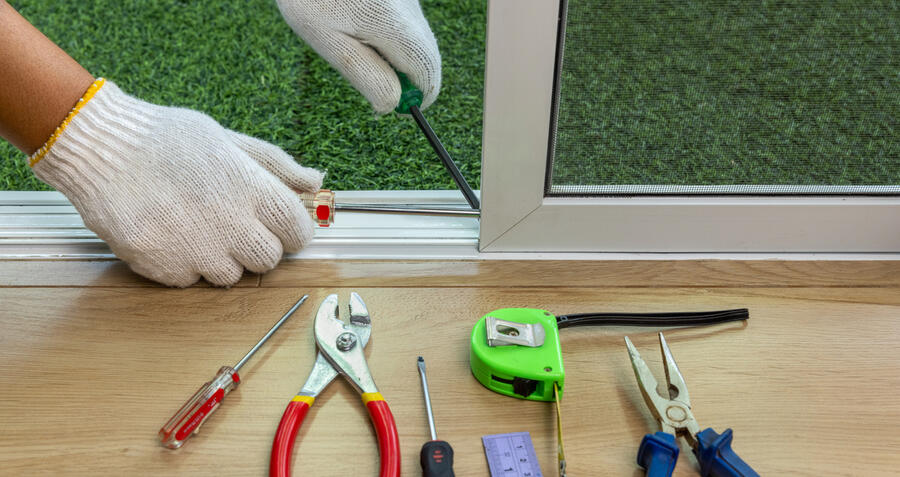August 2024
Air leakage into your home can increase your heating and cooling costs by 25 per cent but with a quick visit to the hardware store and with a bit of DIY, it's an easy fix. We show you how to work out where air is leaking into your home and draught-proofing the main culprits to save money on energy bills and for a more energy-efficient home.
Service your air conditioner
A draught is a current of air that either escapes or comes into your home through gaps in the seals of windows, doors, vents, skirting and other main joinery. Sealing these gaps will make sure your home is comfortable all year round by keeping water, dust, noise and insects out, as well as saving you money on heating and cooling costs.
You can draught-proof most of your home yourself using weather stripping, caulk, silicone sealant, polyurethane spray foam or other rubber, vinyl or metal sealants. This can normally be completed within a day, making it an easy weekend project.
The hardest part is finding out where the draughts are and knowing what materials to use on what surfaces. The simplest way to find a draught is by burning a stick of incense near the main problem areas listed below and watching where the smoke drifts. Once you've found the gap, here's what to do next.
Doors
Warm air or cold air most often leaks into the house through the bottom of outside doors. A cheap solution would be to put a rolled-up towel along the bottom of the door or to buy a door snake. But for a more permanent solution, install a plastic or metal door seal with a wiper that will not only eliminate air leaks but will also stop insects, noise and dust from entering the house.
The edges of doors are another common spot for draughts, but this can easily be solved with self-stick weather stripping. Weather stripping comes in different lengths and widths so measure your door first and get the strip cut to the right length to make sure you achieve the best results.
Windows
The same weather stripping used for doors can also be applied between the sash and frame of windows. Gaps around the edges of the window can be sealed with caulk - a waterproof filler that is available from general hardware stores.
Fixed vents
Usually seen in older brick homes, fixed ceiling and wall vents were used when internal gas appliances gas and kerosene heaters were first introduced. Now they're just a draught problem. A low-cost fix is to cut a piece of cardboard to the size of the vent, back it with bubble wrap and tape it to the vent. You could also use a thick piece of plastic. For a more permanent solution, remove the vent and replaster the area or replace it with a closable vent.
Other draught-prone areas
Other common areas to look for gaps and air leaks include where skirting meets the wall; brick meets wood trimming, and where pipes and cables leave the house. The best way to fill these small gaps is by using silicone sealant while bigger gaps are best filled with expanding polyurethane spray foam.
Rebates
Some states offer rebates for professionally installed draught-proofing while others provide free materials to concession card holders. Visit the Australian Government's Your Energy Savings website to find out if you're eligible.
Although draught-proofing your home is the simplest and quickest way to increase the energy-efficiency of your home, making sure you have the right energy plan will reduce long-term energy costs. Try EnergyAustralia's online energy calculator to find the right option for you.




